The exhibition “Scent Bottles from the Ottoman Empire to the Present Day” opened at the Turkish and Islamic Arts Museum
The exhibition "Gılaf-ı Reyya: Fragrance Bottles from the Ottoman Empire to the Present" created from the collection of collector Bekir Kantarcı opened at the Turkish and Islamic Arts Museum. The exhibition presented a selection of fragrance bottles from the 18th century to the mid-20th century to the taste of art lovers.
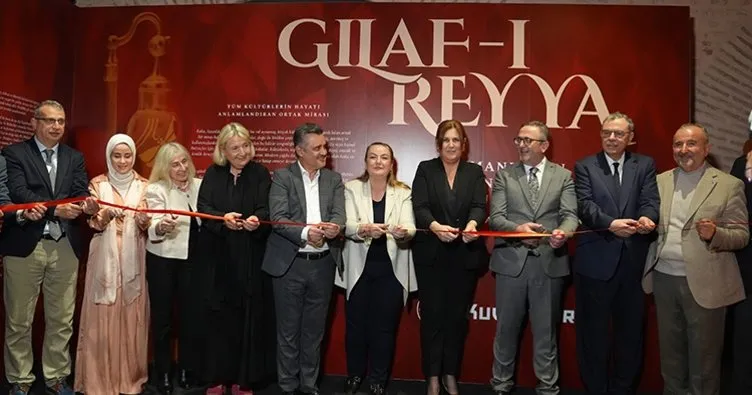
Collector Bekir Kantarcı, in his statement to AA, stated that the story of the exhibition dates back 35 years and said, "I became interested in scents during my university years. Over time, my relationship with scents transformed from an interest to a professional one. The issue gradually grew with processes such as researching the production and design processes of scents and bottles, following international fairs, visiting perfume museums, and reading books on old perfumes. At that time, I did not imagine myself as a collector, but I had an ideal, albeit small. At this point, this journey that started with a dream turned into a rich collection. The biggest reason for this was my interest in art, culture, and the rich heritage of our civilization."
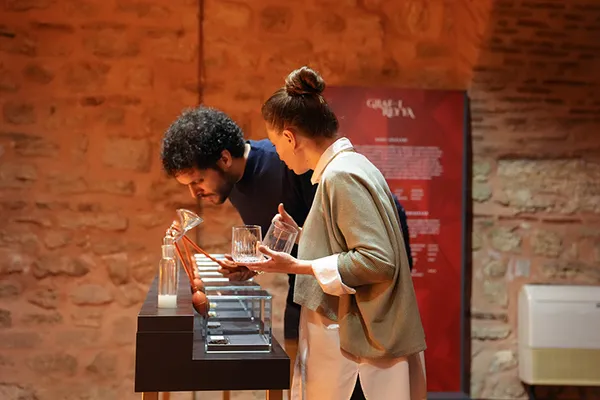
Kantarcı said that scent had become an industrial and synthetic trading product since the 1850s, and added, "Before this date, scent was too valuable, scarce and expensive. Even now, we live in a world where one gram of ambergris is sold for 150 dollars. In the past, the bottles that preserved and presented such a valuable product were also extremely valuable and had high aesthetic value in line with the scent. One of the most important points of our exhibition is to emphasize exactly this situation."

"NOW THE WORLD'S MOST IMPORTANT BRANDS ARE ALSO INVESTING IN THESE SCENTS"
Noting that commercial concerns are effective in scent production and consumption, as in every sector, Kantarcı gave the following information:
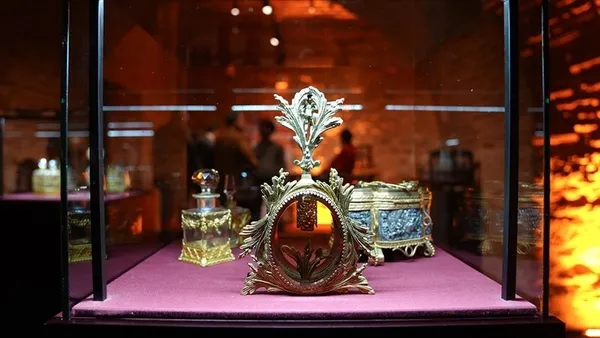
Bekir Kantarcı, drawing attention to the fact that scent and the culture formed around scent began with the history of humanity, said, "Scent is based on a very rich cultural history. It would not be wrong to talk about a history of scent. Scent is a product that has both personal and aesthetic value and an important function in the contact established with the divine. Therefore, it is possible to understand scent as a constantly refined and developing element of beauty. In our own tradition, scent becomes a very important and central element for both Arabs and Turks with the hadith of our Prophet, to put it in a nutshell, 'I was made to love beautiful scents.'
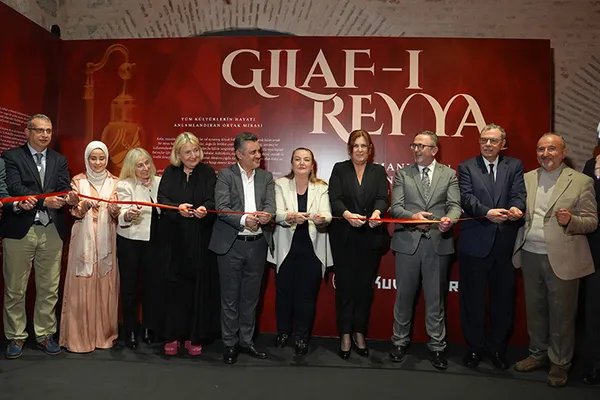
"Musk, amber and oud appear as the most important elements of our culture in a wide geography and time period from the Seljuks to the Ottomans. In all this rich literature, while I was doing research on the raw materials of scents and how and where these substances were formed, the thing that I came across and impressed me the most was Evliya Çelebi's statement that there were more than two thousand perfumers in Istanbul. These are specialized perfumers. Evliya Çelebi states that there were only shops selling rose, lavender or amber. This shows us how rich a scent culture dominated the period."
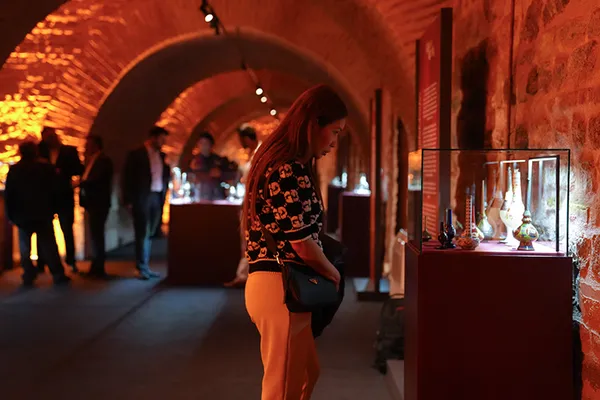
Author: Sabah

Share:
Archaeological News | Bekir Kantarcı's Historical Fragrance Collection is on Display at the Perfumery Museum - 23/05/2023
Fair Magazine | KISWAH Company Owner Bekir Kantarcı: Our Fair is High Quality and Receives Great Interest! - 19/04/2024